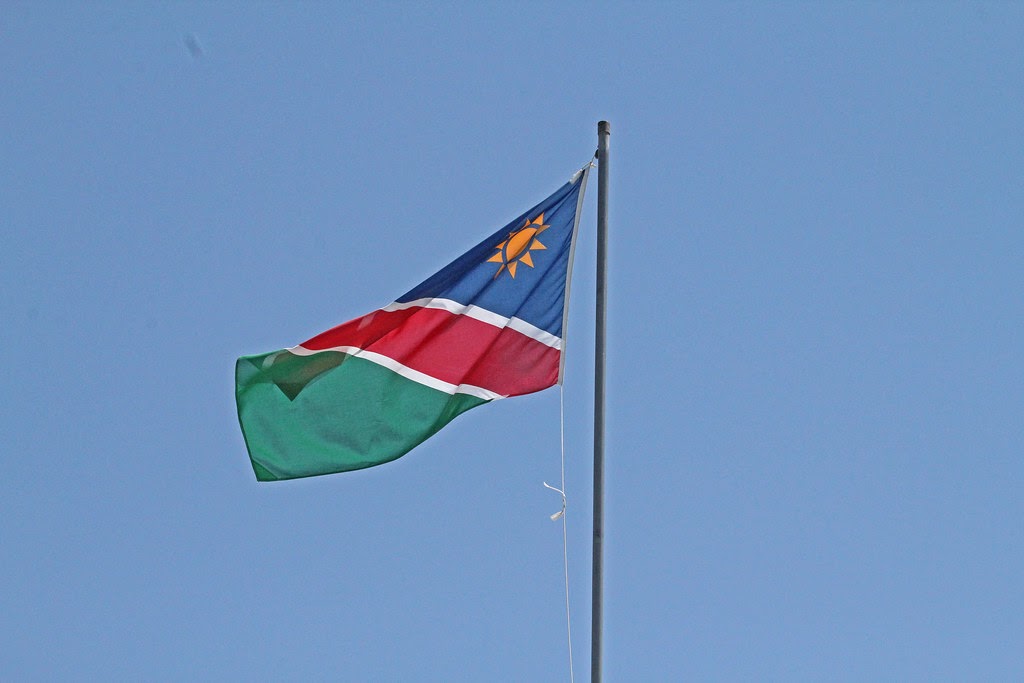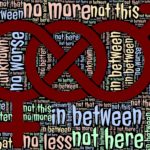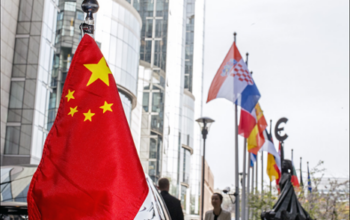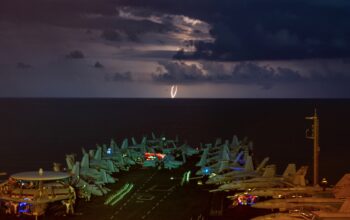Two years ago, the president of the United States of America managed to give debates on his competence and capacity for remembering new fuel. At a meeting of the United Nations, when he spoke to African leaders, Trump was referring twice to the country “Nambia”, praising its increasingly self-sufficient health system. The world wide web quickly picked up on it since no-one knew about a country with such a name. While Zambia, Namibia and Gambia are real countries, some rumours suggested that the US president was simply inventing a new country. In an official transcript that was published later by the White House although, the error was corrected and it became clear that the Trump was referring to Namibia, which he mispronounced. Twice.
Next to criticism specifically in regards to the US president and his lack of knowledge or interest in a whole continent, this incident also raised questions about dependency relations that are often inherent in developmental assistance aid.
A critical case of foreign aid
One would expect a wide outrage as a reaction to such an ignorant mistake on a high diplomatic level. Imagine the reaction if the Namibian president Hage Geingob was calling Trump the president of the “United States of Amrica”. But on the official level no outrage followed. Geingob, who was present during the speech, showed no reaction. While this could be due to diplomatic protocol, it is also suggested that it was for the sake of good relations between Namibia and the US. For the latter speaks, that also in the following the Namibian government did not respond to it and the issue of “Nambia” was remarkably absent from the conventional Namibian media.
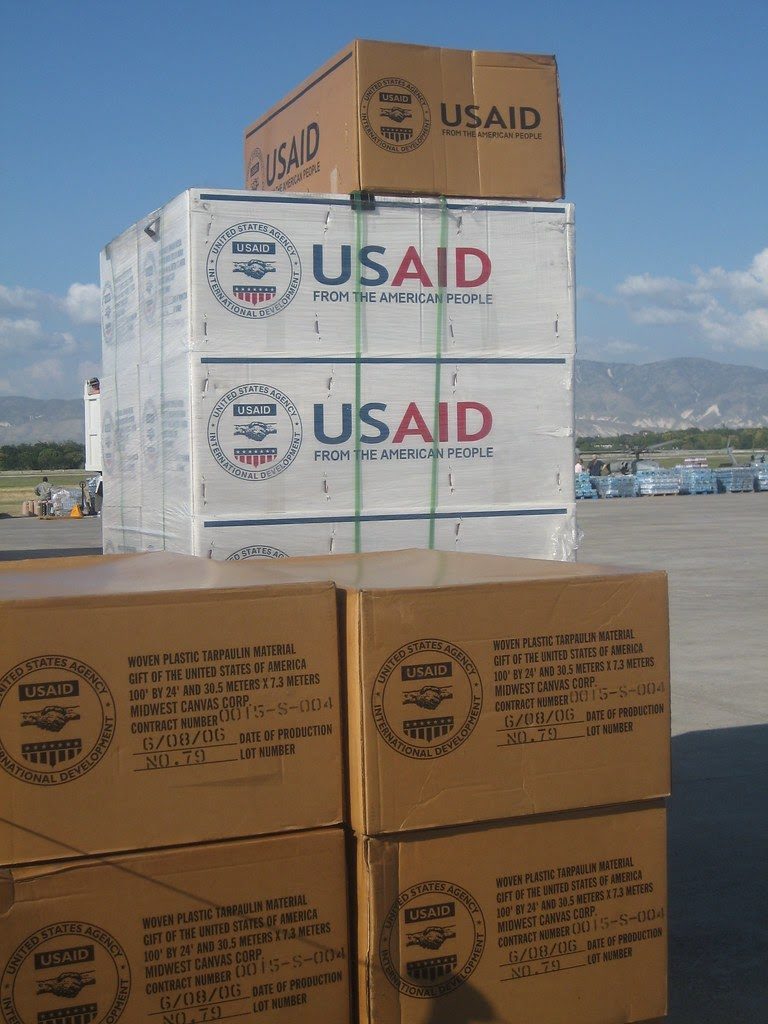
Developed and developing: unequal relations in foreign aid
Let’s use this case as a reason to look into the unequal relations that can be inherent in foreign aid, or official development assistance (ODA) as it is often called. Bilateral ODA (means through states or their agencies) is the most common aid flow. There is a wide range of scepticism when it comes to foreign aid regarding efficiency, conditionality or distribution and the global aid system is criticised as in-transparent, corrupt, in need of reforms and even as a new version of colonialism and imperialism. One major critic is written by Dambisa Moyo in her book Dead Aid.
One critical point is the intention behind ODA. Is it primarily intended to benefit the receivers or the donors? The motivation is often oriented towards the economic, political and strategic objectives of the donors and it becomes problematic latest when additional problems for the receiver emerge. Of course it is hard to see the true motivation and to differentiate between developmental and non-developmental reasons, official statements and truth. Roger C. Riddell, author of Does Foreign Aid Really Work?, compares ODA with a Trojan Horse. Common knowledge tells us that nothing is given without costs but that for the things we seemingly get for free, we often have to pay a high price in the end.
The United States: the helping hand to the world?
In context to the mentioned relation between Namibia and the US agency USAID, it is time to talk about the creation of dependency. Power inequalities in the global aid system come into being due to economic and political structures that are created to keep the poor receiver countries poor and give the donors power over them. One example to visualize this is trade. While on one hand developing countries are demanded to bring about market liberation, OECD countries on the other hand have tariff barriers to block free market access and protect their economies. This serves donors own trade interest.
Their domestic markets are increasingly mature and suffer from under-consumption, therefore they search for markets overseas. In less developed countries there is more consumption potential that only waits for more spending power. Aid provision serves here to increase the ability to consume. Dependency structures are built even more clearly when it comes to so-called tied aid, for example when it comes with the condition to consume goods and services from the donors. It makes the receivers not only dependent, but also increases costs instead of empowering the local market. These structures aim at preserving the status, wealth and power of the donor countries.
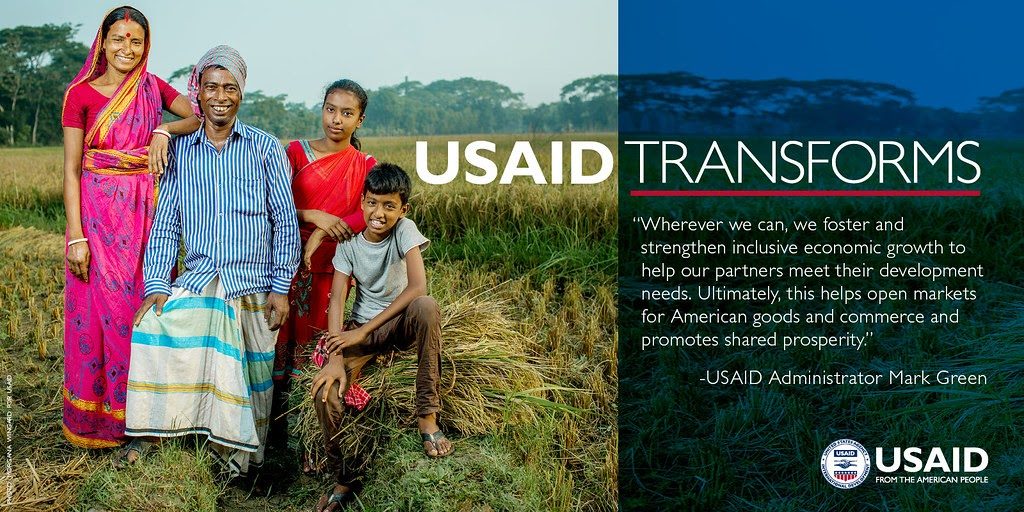
In the emerging discussion of China as an increasing donor of ODA in African countries and a future competition about access to natural resources between Chinese and Western interests, the discussions around ODA gain new relevance.
At the moment, the US is still the biggest bilateral donor. According to its state agency USAID, the twofold purpose of its ODA is “furthering America’s interests while improving lives in the developing world”. On its website, USAID stresses that self-reliance and improving the capabilities for the partners to develop themselves are the key objectives. The aid is linked to security, to the creation of democratic, stable societies and expanding the US export market. With that, USAID is part of the US foreign policy and puts its own interest first. America first. When USAID head Mark Green compares the agency to the Chinese approach it is highlighted that China is building dependencies.
But is the US ODA itself free from dependency structures? Fact is that Namibia was in its fight against HIV/AIDS greatly supported by US aid, thanks to the President’s Emergency Plan for AIDS Relief (PEPFAR) that was established with Bush and is set to continue with Trump. The question cannot be answered in this article, since the factors mentioned here are only few of all the relevant ones, but the facts are enough of a reason to raise the the question.
#Nambia
The purpose of this article is not to say there are no altruistic, humanitarian reasons, no empathy and morality. But the potential of aid is bigger then its real effect, since US ODA for example is structured in a way that helps only as long as it is beneficial for the US interests. This can end in politicians of small countries like Namibia not speaking up against the US president, as we have seen.
You could say that state leaders are also just humans and make mistake. That implies although, that they are to be corrected, as everyone else. Since Trump’s administration showed more interest in battling half of the world instead of caring about the international relations to African nations, people were not much surprised by the incident. The citizens of Namibia reacted with both anger and humor, making the best out of a situation, that put their country for once into the spotlight. They now use the hashtag #Nambia to promote their own country.
by Nina Kolarzik
Photo Credits
“USAID Relief supplies arrive in Port au Prince”, USAID_IMAGES, CC BY-SA 2.0
“#USAIDTransforms_1600x800_Quote-White_Pictograms_6”, USAID_IMAGES, CC BY-NC 2.0
“NaBo11_d60_2834a”, jerryoldenettel, CC BY-NC-SA 2.0
